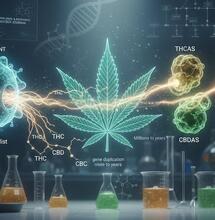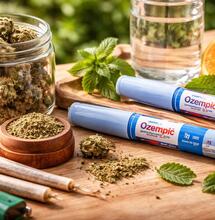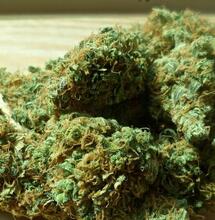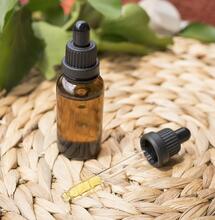What is THC-P?

Cannabis scientists have managed to extract a host of hemp-derived THC analogs in the past couple of years. Psychoactive products such as delta-10 and delta-8 have taken over the market, casting a shadow on THC. Hemp plants contain over a hundred individual cannabinoids found in trace amounts, and some have gone undetected until now. New technologies enable any of these compounds to be isolated and analyzed. One of the latest cannabinoids to track attention is THC-P, which is thought to be 10 times as psychoactive as Delta-9 THC. High from THC-P also results in a phenomenal sensation of euphoria, similar to euphoria generated by another THC analog, THC-O.
THC-P is derived from Hemp, just like Delta 8, THC-O, and HHC. It's billed to carry impressive psychoactive effects and is said to overwhelm with euphoria.
To give the full name, THC-P stands for tetrahydrocannabiphorol. Like other minor cannabinoids, THC-P occurs naturally in hemp. It exists in such trace amounts that it was only discovered by researchers as recently as 2020, thanks to cutting-edge spectrometry.
What makes THC-P differ from THC? THC-P has an elongated side chain with seven links, while THC only has five. This is the first cannabinoid with more than five links to have been detected in the history of cannabinoid research.
Due to its unique chemical structure, THC-P exerts a more active bond with the body receptors that process THC. So much so that this bond is at least 30 times more active than the bond created with standard THC on one of the two primary receptors, CB1, and up to ten times on the other, CB2.
When cannabis scientists discovered THC-P, they also found CBD-P, which also stands out because of the side chains of seven links. Research is ongoing on whether CBD-P has an increased anti-inflammatory, antioxidant, and anti-epileptic activity. However, one assumption is that because CBD has a generally poor binding affinity with both CB1 and CB2, it's doubtful that a longer side chain will assist CBDP in binding more effectively as has been shown with THCP.
Perhaps unsurprisingly, THC-P is better experienced when combined with cousin compounds delta-8 and delta-10. The combination holds the key to augmenting sensations from inhaling and ingesting and gives the users the so-called entourage effect, the phenomenon where interacting cannabinoids emphasize their qualities when consumed together.
So, basically, once more, manufacturers are looking for products that can deliver the entourage effect. The first THCP-based products are already out there on the market. Would you try some?











